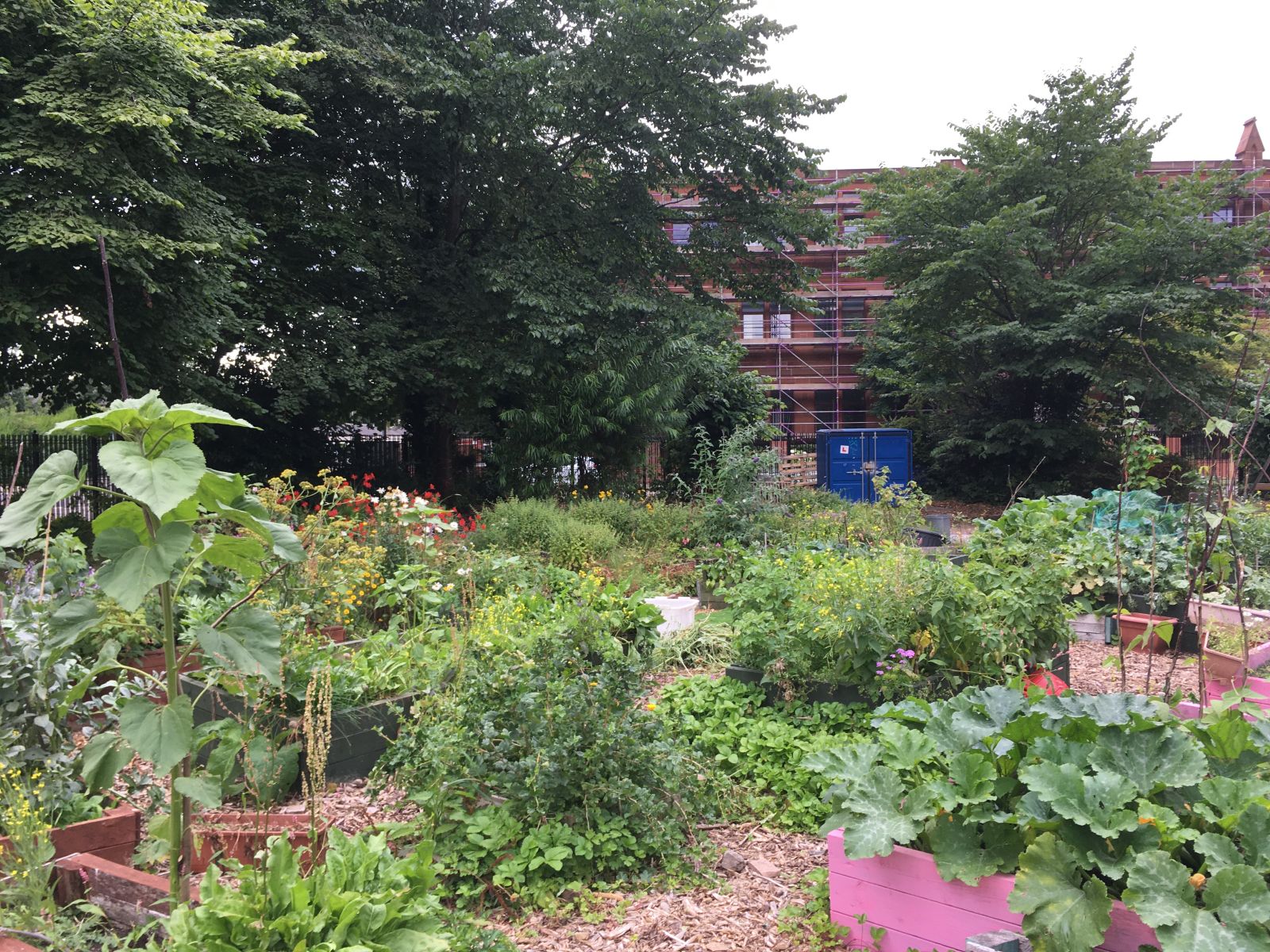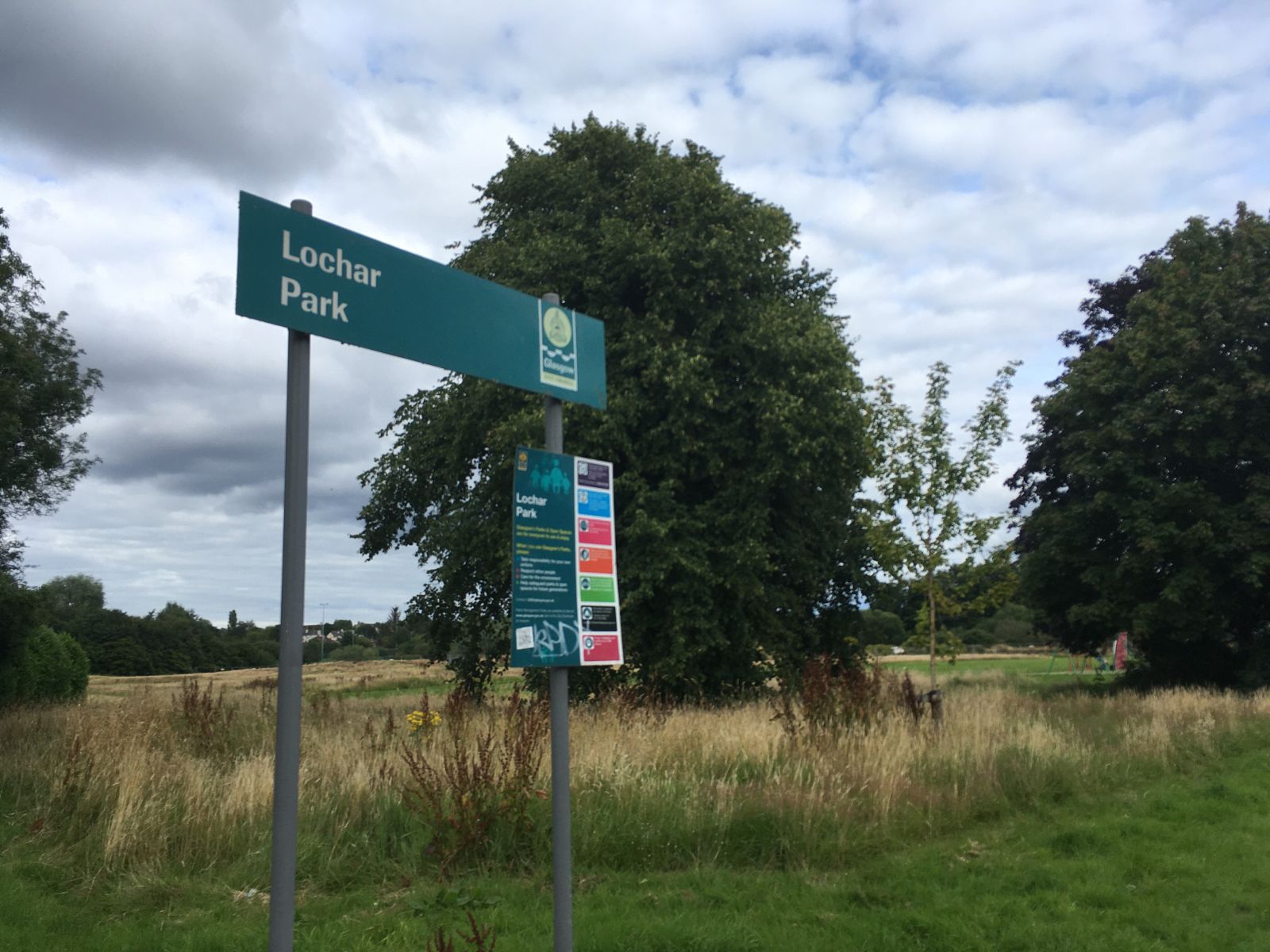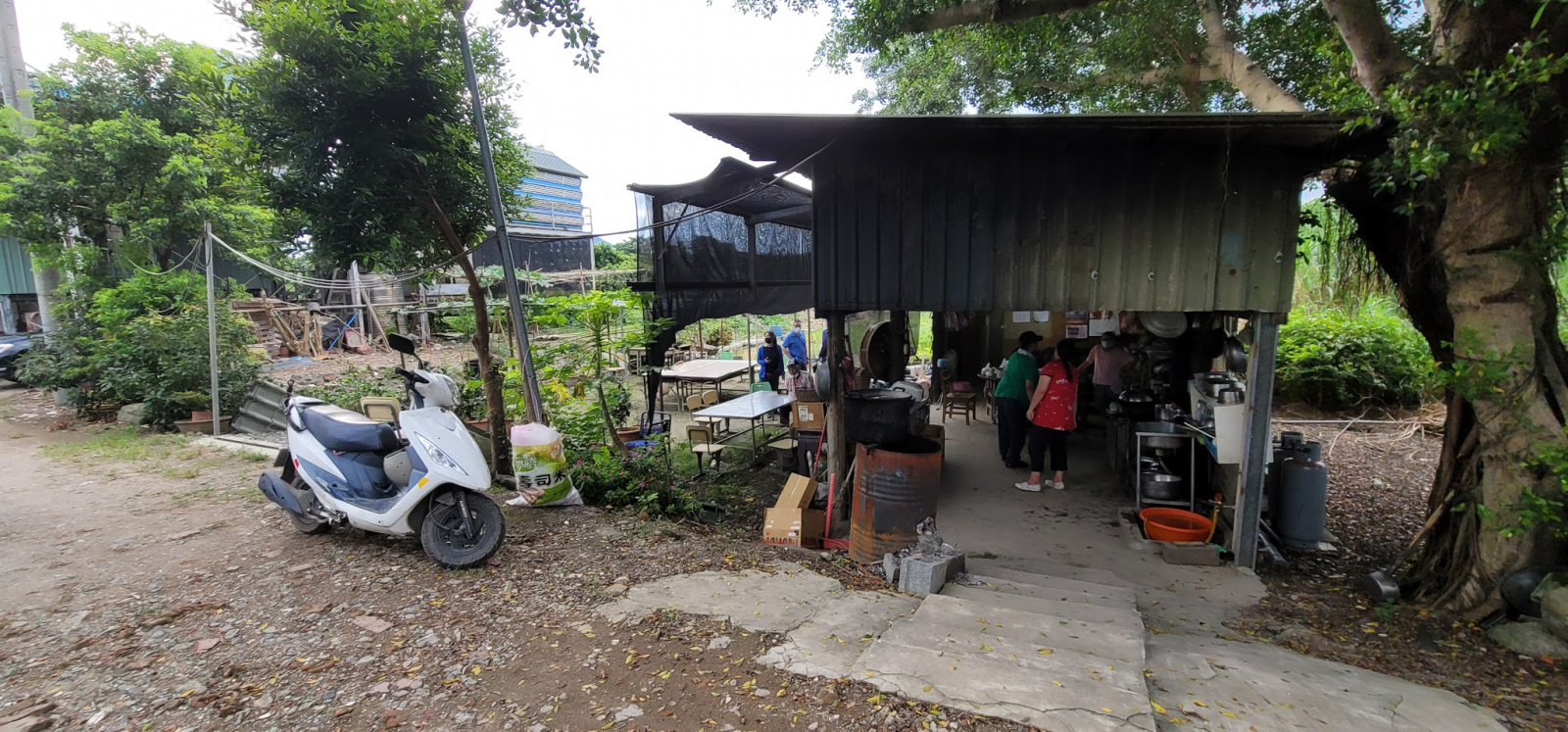You are here
- Home
- Cities
Cities
Our two case study cities in the project are Glasgow and Taipei. As the statistics below show, these are two very different cities in different geographical contexts, who have a common interest in risk from extreme heat and in the potential of urban greening as a response to heat hazard.
Glasgow


Where are we working in Glasgow?
We have two focus areas in Glasgow: Pollok, and Govan. We have chosen these areas because they each have different green space characteristics: Pollok has a lot of large and open green areas, whereas Govan has smaller and more widely distributed green spaces alongside a few large parks. We use the place names 'Pollok' and 'Govan' quite loosely, and are not constrained to a specific geographical area. For the purposes of our project, we are able to consider sites in the Greater Pollok and Greater Govan areas as well.
How many people live there?
Glasgow has a population of around 1.8 milion people, with a density of 540 people per square kilometre.
What is the climate like, and what are the main climate impacts the city is facing?
Glasgow is in an oceanic climate zone. Glasgow is at significant risk from surface flooding and extreme weather events, and also from periods of extreme hot weather under a changing climate.
Who is responsible for setting policies for adapting to climate change in the city?
Glasgow consists of Glasgow itself, which is managed by Glasgow City Council; and by surrounding local authorities which make up the Glasgow City Region. Glasgow sits within a devolved nation (Scotland) in representative democracy (United Kingdom). The local government is responsible for a climate change adaptation plan on non-statutory basis. This is supported by a city region-wide plan, which has been developed by Climate Ready Clyde, on non-statutory basis. The Scottish Government - a devolved government - is responsible for national level adaptation planning and land use planning, and thus for putting into practice some of the UK's climate adaptation obligations under the Paris Agreement. There are also open space plans and local plans at local authority level, which influence how green spaces in the city are planned and laid out.
How does Glasgow participate in climate change adaptation and urban greening initiatives internationally?
Scotland is not a formal nation state recognised by the United Nations, and is represented by the United Kingdom in international climate change and biodiversity negotiations such as the UN Framework Convention on Climate Change (UNFCCC) and the Convention on Biological Diversity (CBD). However, Glasgow participates in a number of international city networks that are focused on sustainability or climate change, such as Rockefeller 100 Resilient Cities; Global Covenant of Mayors for Climate and Energy; and ICLEI Local Governments for Sustainability
Taipei

Where are we working in Taipei?
Our main focal area in Taipei is Shezidao, and in particular two settlements towards the end of the Shezi Island peninsula. These neighbourhoods have been selected as they are areas where there is a lot of green and open space, but where the ownership situaton is complex and where the land use is mixed between residential, industrial and agricultural.
How many people live there?
Taipei has a population of around 4 million people, with a density of 2,000 people per square kilometre.
What is the climate like, and what are the main climate impacts the city is facing?
Taipei has a humid subtropical. The main climate risks Taipei is facing are flooding from rainfall and from rivers, as well as extreme weather events such as typhoons. Taipei is also suffering risk from extreme heat events and from a gradual increase in the number of hot days; and Taiwan more widely is at risk from drought and water shortages.
Who is responsible for setting policies for adapting to climate change in the city?
Taipei City has a mayoral system within a special municipality (Taipei City). Taipei Metropolis also encompasses New Taipei City, another municipality which surrounds Taipei. Both local governments are part of Taiwan, which is a representative democracy. Local governments in Taiwan have a statutory requirement to produce climate adaptation plans. There is a national government climate adaptation plan and national land use plan, both produced by the government of Taiwan. Local government-level land use plans also inform how urban green spaces are planned and laid out.
How does Taipei participate in climate change adaptation and urban greening initiatives internationally?
Taiwan is not recognised by the United Nations, and thus cannot participate in global climate change or biodiversity negotiations such as the UNFCCC and the CBD. Taiwan may participate in side events at these international negotiations, or may be represented via participating in the delegations of countries globally that recognise Taiwan. Taipei City Government and New Taipei City Government are both members of the Global Covenant of Mayors for Climate and Energy; and ICLEI Local Governments for Sustainability.
Get involved
We are always willing to talk about the project, or to explore opportunities for collaboration with other research groups or community organisations.
If you are interested in discussing how to work with us, or in finding out more about the project, then please contact Principal Investigator Leslie Mabon in the first instance.